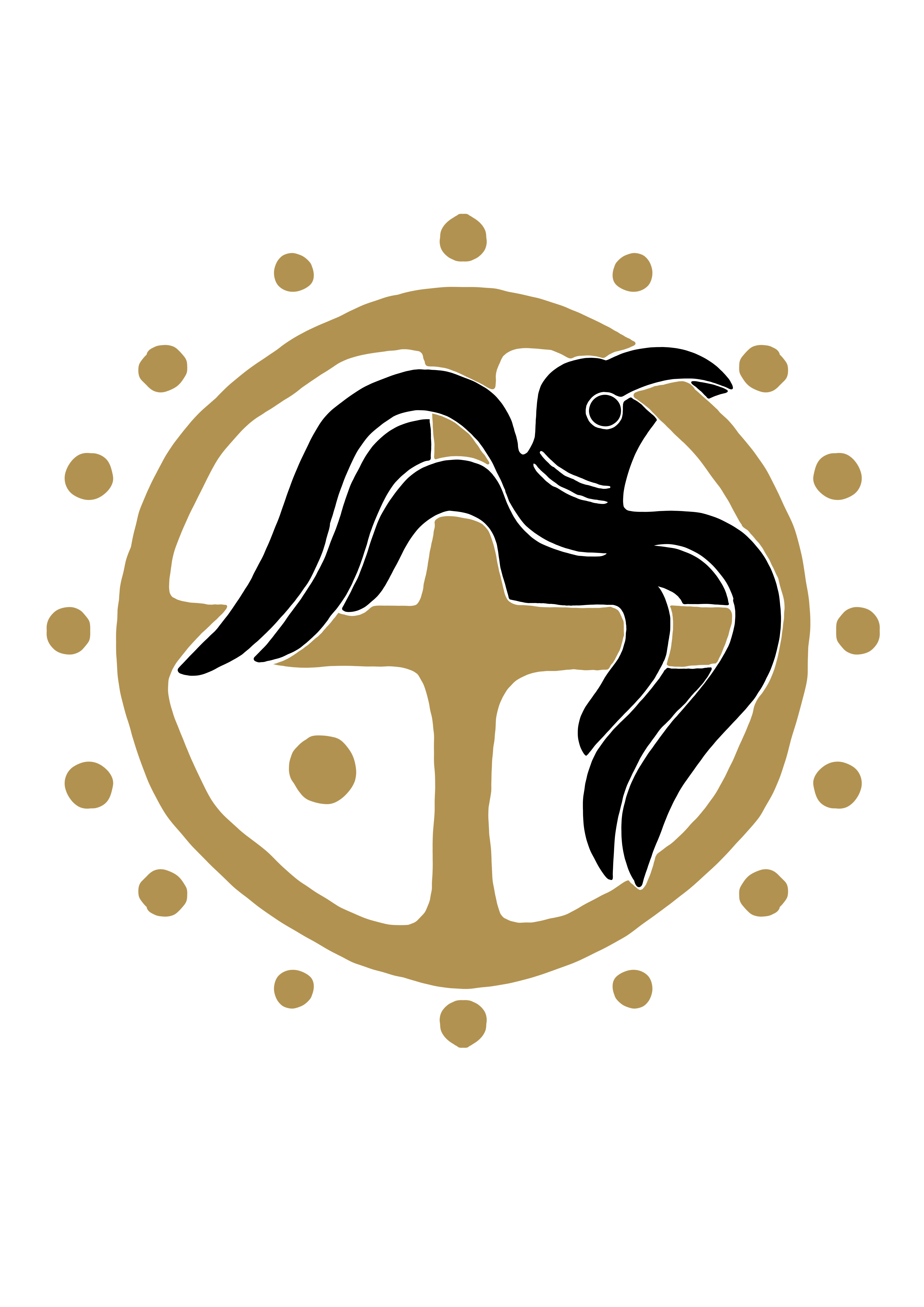Old Norse Gods Statues, God Freyr, Tyr and Goddess Ran - Basswood Hand Carved
$65.00
On Sale
Old Norse Gods Statues, God Freyr, Tyr and Goddess Ran - Basswood Hand Carved
God Idol
In stock
Product Details
Brand: AlgizRune Art
Norse Gods Statues:
Scandinavian Deities: Freyr, Ran, and Tyr.
Price for 3 statues.
Material: Linden wood (basswood, lime tree).
Size: 18 cm / 7.1 inches.
Freyr: Freyr, sometimes anglicized as Frey, is a widely attested god in Norse mythology, associated with kingship, fertility, peace, and weather. He was especially linked with Sweden and revered for good harvests and peace. Freyr is portrayed as one of the Vanir, the son of the god Njörðr and his sister-wife, and the twin brother of the goddess Freyja. He is known for his possession of the ship Skíðblaðnir and the shining dwarf-made boar Gullinbursti. Freyr's mythological tale includes his love for the jötunn Gerðr, which eventually leads to his demise during Ragnarök.
Sea Goddess Ran: Rán is a personification of the sea, often depicted with a net, which she uses to capture sea-goers. She is the wife of Ægir, also a personification of the sea, and they have nine daughters, who represent waves. Rán is attested in various Norse sources, including the Poetic Edda and the Prose Edda, and is frequently associated with the act of pulling sailors into the depths with her net.
Tyr: Tyr is a god in Germanic mythology, known for his valor and patronage of warriors and heroes. In Norse mythology, he sacrifices his hand to the monstrous wolf Fenrir when the gods bind the beast. He is foretold to be consumed by the monstrous dog Garmr during Ragnarök. Tyr is often equated with the Roman god Mars and is associated with the assembly (Thing) among the ancient Germanic peoples. Despite his shadowy presence in extant Germanic texts, Tyr's name etymology suggests he may have held a more central role in early Germanic mythology.
These statues are crafted from linden wood, capturing the essence of these revered Norse deities in exquisite detail. Perfect for enthusiasts of Norse mythology or those seeking unique decor inspired by ancient legends.
Old Norse Gods Statues, God Freyr, Tyr and Goddess Ran - Basswood Hand Carved

